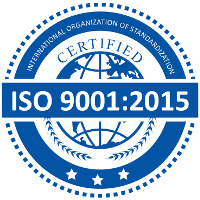Journal of Chemical Engineering and Applied Chemistry (JCEAC)
Advancement of Food Waste Disposal Technology Using Sodium Hydroxide
(This article belongs to Vol - 01, Issue - 01)
Download [ 791 ]
Abstract
In this exploration, we concentrated on the reusing of sustenance waste utilizing sodium hydroxide (NaOH). Pyrolysis of rice, one of the real components of sustenance squander in Japan, was done to get carbon material with adsorption capacity, together with fuel gases (H2, CH4). Subsequently, it was conceivable to change over rice into carbon material while producing fuel gas. With expanding the NaOH expansion and temperature, the substance of CO and CO2 diminishes, those of H2 and CH4 expanded in the produced gas, and the mass of the buildup after pyrolysis with NaOH diminishes to one-tenth load of crude rice. The buildup after pyrolysis is a carbonaceous material with around 80% carbon content, and the buildup after pyrolysis with NaOH (rice test: NaOH = 1: 1) has smooth permeable surface with higher explicit surface territory (901 m2/g) than that after pyrolysis without NaOH (72 m2/g).ISO CERTIFIED

Journal of Chemical Engineering and Applied Chemistry (JCEAC)
ISSN 2235-9007
Published by SDIP, London, United Kingdom.

